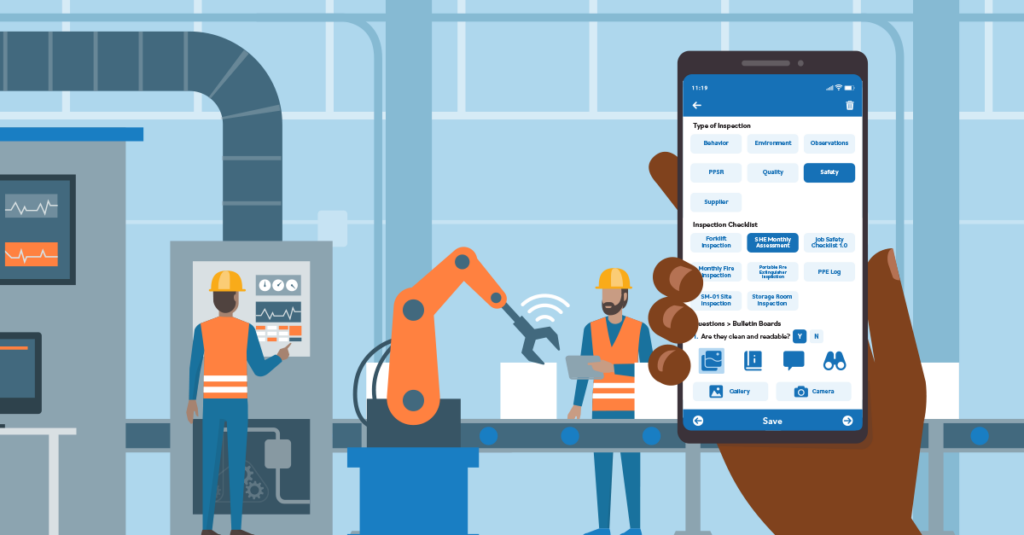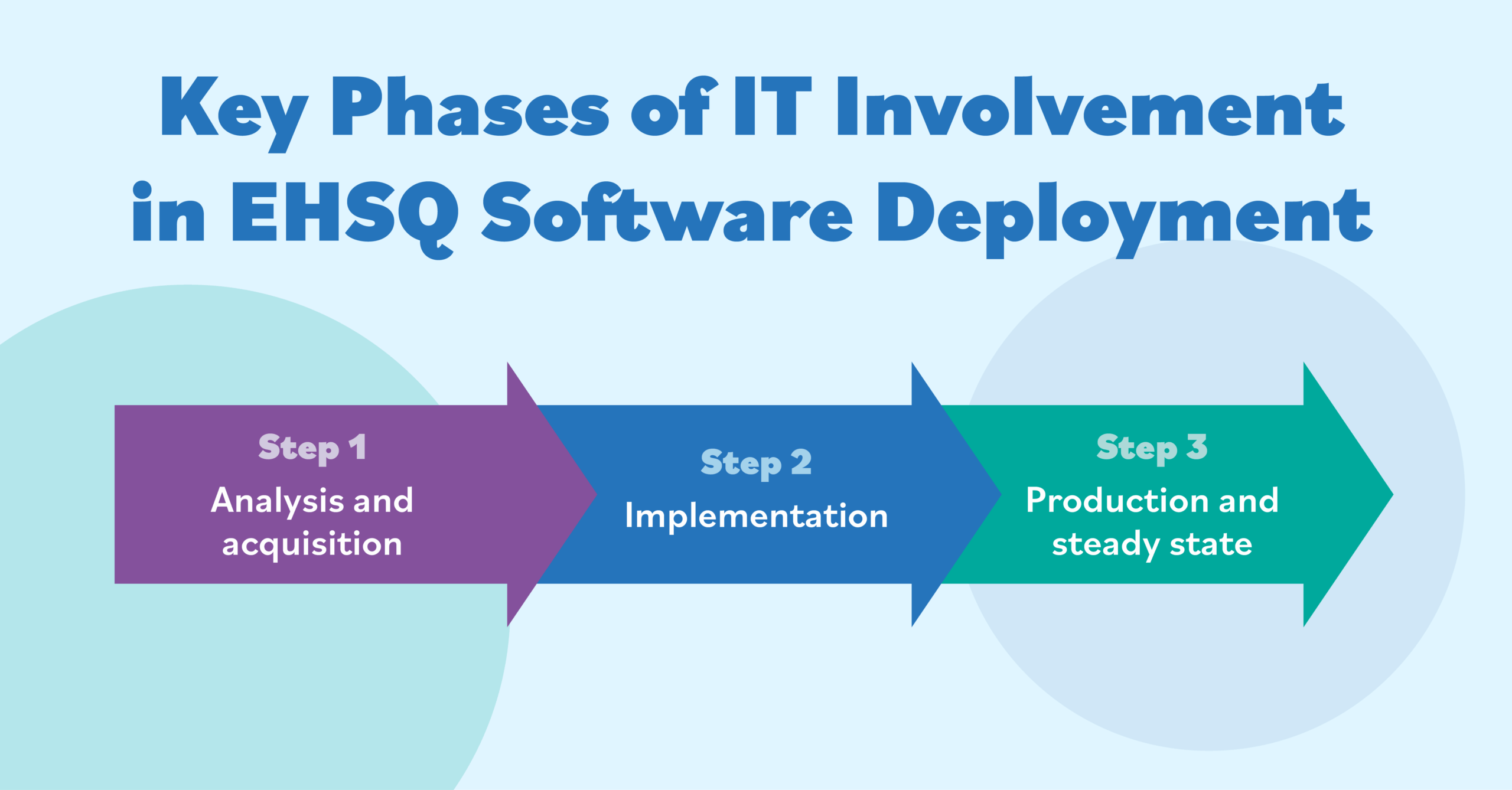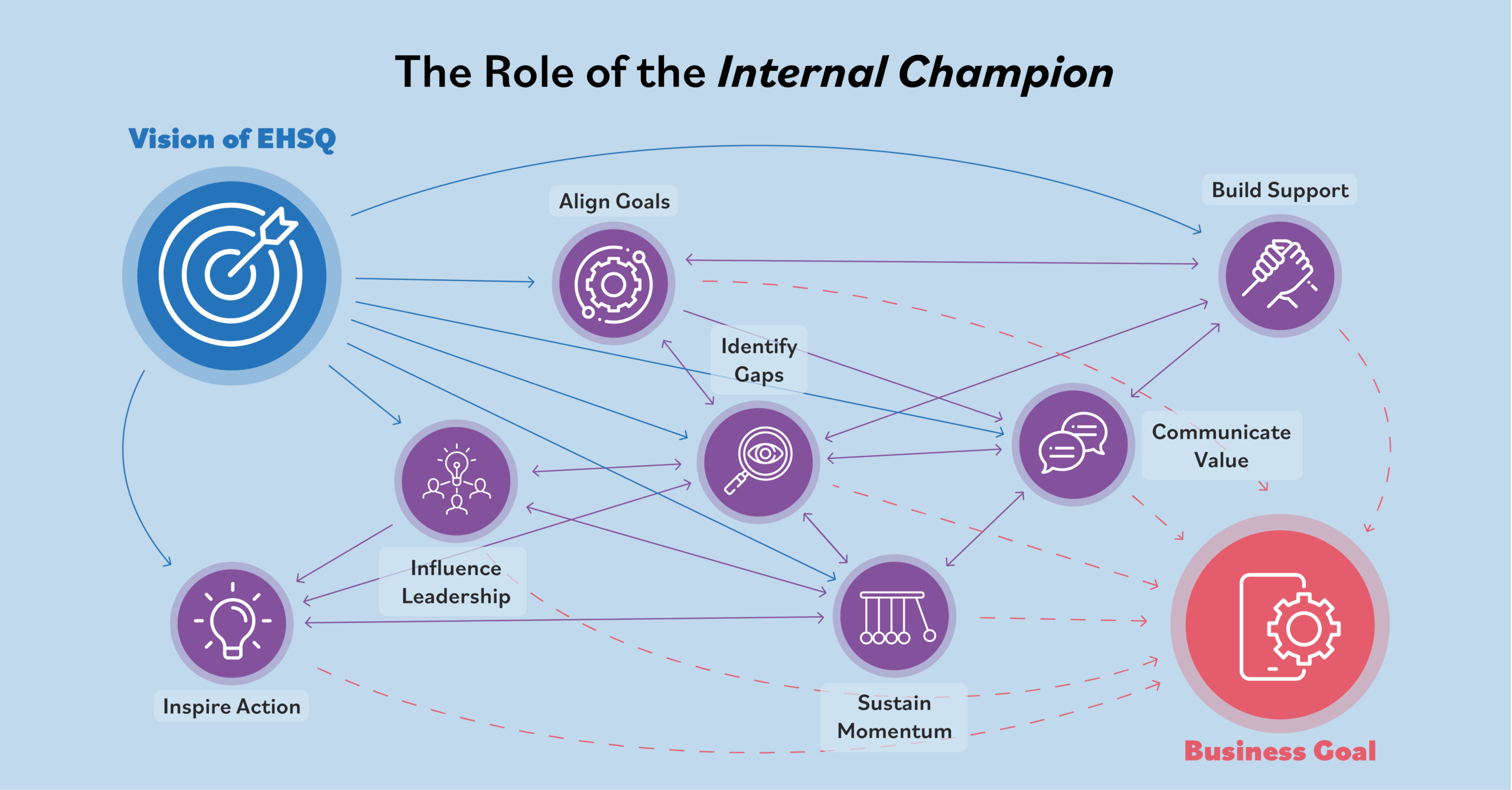Good Systems Are Essential to Great Safety Cultures
July 23, 2022

There’s no easy and quick fix when it comes to building a safety culture.
Every organization is unique and dynamic in nature, and each has its own personality. Added to this is the reality that success in safety is, for the most part, determined by the safety professional’s customer – the organization’s workers themselves – and for most of us as safety pros, our list of customers is long and varied. And each has a different definition of success.
Parallel to this thought is that there is no “one right way” to build a safer culture. Rather, it is a number of elements that must be employed to build robustness within the safety process. Simply put, organizations that demonstrate world-class performance employ a strategy with elements that control loss-producing variation throughout the work system.
Controlling process variation is not a new concept. Many successful operational effectiveness programs have been built around the tenet that minimizing variability and stabilizing the manufacturing process supports an objective of producing world-class results. In applying this same thinking to building a desired safety culture, perhaps the important question to ask is, “Can an organization leave so much variation within the work system that workers are at risk to make poor decisions while performing their work?” It seems logical that in many incidents where a worker performs a substandard act, the decision that led to err was influenced by other uncontrolled variables residing in the work system.
Several years ago, I investigated a workplace incident where a worker was killed while performing a task on equipment that had not been isolated from its energy sources. The investigation detailed how the worker reached into the equipment to clear a machine jam and while doing so, caused the equipment to resume operation once the jammed product was dislodged. Tragically, this resulted in him being crushed in the equipment.
As I reviewed this unfortunate event and analyzed the scene and equipment involved, my reaction was simply, Why? The hazards were clearly evident, the facility’s energy-isolation procedure was complete, and records indicated the employee had been sufficiently trained. On the surface, everything seemed to be in order, but as I conducted employee interviews and reviewed past maintenance and downtime reports, planned inspections and training records, a new picture emerged…uncontrolled variability left in the work system created an environment for inevitable human error. The employee was simply emulating behaviors of a work system that supported such risk-taking.
Gaining control of the work system begins by understanding where such variability exists in the processes. Three terms provide understanding of where and at what level such errors may reside:
- Latent Errors are errors in design, management decisions, organizational, training or maintenance-related errors that lead to operator errors. The negative consequences of these mistakes often lie dormant in the system for long periods of time.
- Armed Errors are errors in position to affect persons, property or the process, or a combination of all.
- Active Errors are errors made and the resultant effects realized. This usually occurs at the front line by a worker, with the effects felt almost immediately.
My investigation of the fatality revealed latent errors dating back years prior to the incident. The machine had been poorly designed and inadequately guarded. Training had been performed and procedures written, but the capability development plan lacked a quantifiable method for measuring success. The preventive and reactive maintenance plan was weak and there existed a lack of management discipline and control. The organization simply allowed too many variables (or latent errors) to reside in the work system, creating the very real potential for catastrophic loss when the worker accepted the deviant errors as the norm (armed errors) and made the decision to err (active error) which cost him his life.
This example would seem to confirm the traditional 85-15 truism regarding systems and people that states that about 15 percent of a company’s problems can be controlled by the employees, while 85 percent or more are controlled by the managing system. In other words, a large majority of loss-control problems are the result of poor systems and processes that are issues of management.
So, can we as safety professionals – or better yet as leaders – support the ability of employees to make error-free decisions? Clearly there is room for improvement in reducing risks that threaten safety success. More frequent use of methods to check work system status provides clarity of the effectiveness of the current system. The challenge is in, to not just gain control of error-producing variability already residing in the work system, but to predict where future variability may appear. Combine this with a work system that changes frequently and it’s easy to recognize it would be impossible to prescribe “one right way” to controlling variability in the work system.
Perhaps the best approach is to look at the safety system as a whole – not examining aspects in isolation, but rather all aspects as a collective. Through a better understanding of the entire work system, we can gain a clearer understanding that, while each element is independent, each is also impacted by and affects other parts of the overall system.
As renowned engineer and statistician W. Edwards Deming used to say, “a bad system will beat a good person every time.”






